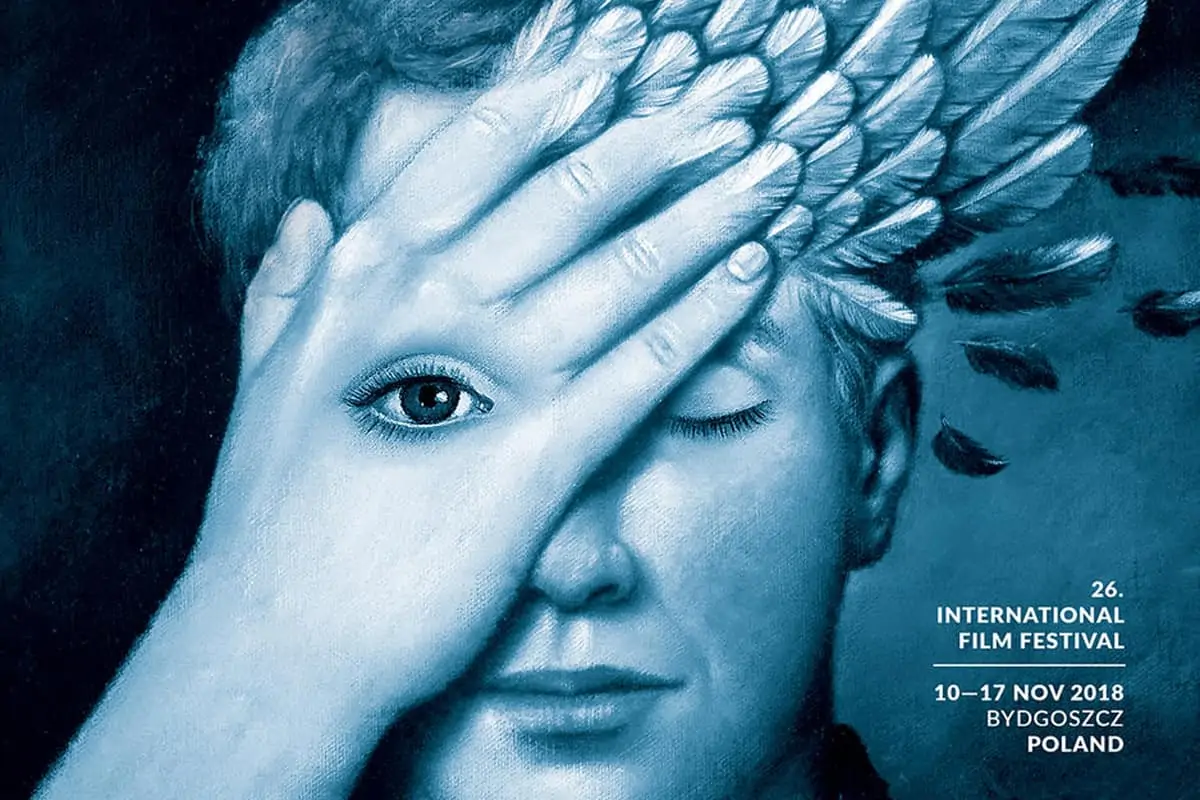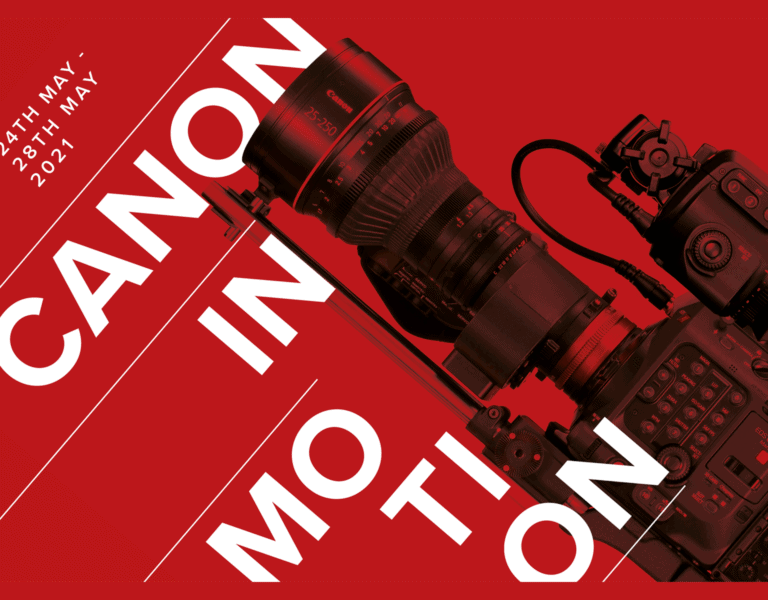The Dizziness of a cinematograph
Across The Pond / Mark London Williams

The Dizziness of a cinematograph
Across The Pond / Mark London Williams
Lead image: Cinematographer Ruben Impens and Director Felix van Groeningen on Beautiful Boy. Credit: Amazon Studios
“They made a sort of shuddering veil, almost recalling the dizziness of a cinematograph,” wrote G.K. Chesterton in The Man Who Was Thursday, well before “cinematographs” were regular forms of entertainment, and certainly before they passed out public accolades for the art form, or wrote columns about it.
But now, a century-plus after Chesterton, that dizzyness continues apace, especially as we enter that time of year also designated as “award season,” and certain exemplary “cinematographs” start to become even more publicly visible - and buzzed about - than others.
But that busy-ness isn’t confined just to film releases and award campaigns. There’s been some swirl - and some roster moves - with our friends over at Matthews Studio Equipment, have moved their long time Sales Manager, Linda Swope, into a new position as overall Head of Sales.

In talking about what will be different, as she moves to oversee global sales, Swope told us that “while our national and international markets grow and new products are born, our new sales department has been structured to provide the best representatives for the territories we cover throughout the U.S. and around the world - specialists who are highly trained in the intricacies of the different support gear we offer.”
And the making of that renowned gear as been “retooled and reorganized,” as Swope termed it, with the manufacturing floor now boasting “additional CNC machines, more welding stations, an R&D and custom department, and… M.A.R.S.! (Material Acquisition Rack System)”.” What MARS does is allow them “to move raw aluminum and steel through the shop more efficiently. As a result of the additions, we had to re-organize the shop layout, and hire new personnel to run the new machines and new computer software which integrate the design elements to all CNC machines.”
And what are those Computer Numeric Control machines doing with all that cutting, carving, milling and shaping? “As far as smaller, lighter, faster gear…We are always experimenting with new materials and finishes, but I think the fact that we now have a section of the shop dedicated to prototyping and custom work has allowed us to react to market trends and changes quickly. And we are investing heavily into R&D, more than ever before… to come up with tools that will allow filmmakers to do their jobs more efficiently.”
Or at least, with more tools. Such was the case with cinematographer Joshua Z. Weinstein, who shot the current indie feature Bikini Moon, about a homeless Iraq vet, both longing for the child who was taken from her, and finding herself followed as the subject of a documentary being made by the film’s two other lead characters - a white couple alternating between a fascinated distance, and an immediate empathy, for their African-American subject.


That the film, written and directed by Milcho Manchevski isn’t quite a “mockumentary” - i.e., a faux doc from a single POV about similarly faux, or deliberately exaggerated - subjects.
Instead, it’s a narrative feature told not only as the “main” doc, but also from the view of other cameras and devices being wielded by different characters, subsequent filmmakers pursuing the same story, etc.
But despite the many “meta” levels of its storytelling, Weinstein tells us that Manchevski “likes big sweeping narratives,” - which makes sense, for someone who directed on The Wire. But they also watched legendary docs like Gimme Shelter, which Manchevski wanted to graft with the Scorsese-like sensibility that influences him.
“How do we do longer takes, how do we do the choreography, so the length of the shot creates tension, to make you feel things are more real?” Weinstein recounts Manchevski asking. After all, Weinstein recounts, even “an edit subconsciously tells the viewer this isn’t real,” since it’s a manipulation, of course, of the time and space in which the story unfolds.

But they weren’t only trying to avoid lots of edits - sometimes an image could be too pristine to read as “documentary” footage. “I had to do all sorts of things now to make images feel grittier,” he says, of the various video sources.
For example, one scene had a group of people all recording a public incident on their phones. “The iPhone footage in daylight looked way too good,” Weinstein says, “often sharper than the ALEXA (Mini, which they were using as a “main” camera.) We had to really degrade the footage. We had to down-res that footage so much (and) push the colors in disgusting magenta and greenish ways. Subconsciously, we want iPhone footage to look like security camera footage.”
Non-degraded iPhone imagery also played a role in Beautiful Boy, based on a pair of memoirs wherein Steve Carell and Timothee Chalamet play father and son trying to cope with the latter’s meth addiction, which is inexorably tearing their family apart. Set mostly in Northern California, in the early “aughts,” it was shot by Ruben Impens, who primarily works with in Europe, often with director Felix van Groeningen.
“Our careers are kind of a parallel,” Impens told us. “We knew each other for twenty years. I shot his first short film. We manage to make a move together every three years. To be able to do this together is quite unique.”
Part of what made it unique for Carell was having rehearsal time ahead of shooting - something van Groeningen wanted to do. Carell and his co-star Maura Tierney, who plays the stepmom to Chalamet’s character, spoke of the rarity of extended rehearsal time on most films, but van Groeningen wanted this film family to develop actual relationships ahead of shooting.
All those rehearsals were recorded on iPhone - helping everyone, both crew and cast, to not only “get to know each other,” as Impens tells it, but adding opportunities to “rewatch and think about” the material even ahead of shooting, along with “the choreography of the scene.” They made other discoveries, too: “We were sure we didn’t want a handheld way of filming.”


The material may have been non-fiction, but this wasn’t going to be a guerilla-style doc. Instead, they discovered other camera moves and motifs they wanted: “There are a lot of very slow push-ins in the movie - (but) they’re hardly noticeable. That became a visual thing… (to feel) like this addiction is slowly creeping up to you.”
That creeping was captured primarily by an Arri ALEXA SXT, with a series of Hawk V-Lite Anamorphic lenses. The Hawks are known for their “squeezing” ability: “You use a bit more of the sensor. And you still have this 1:85 framing.”
Another thing Impens had on-set was a digital intermediate, after only a “little bit” of a fight, as he says smilingly. “For me it was new. I never had an offline edit in Europe. It’s a bigger job in post. This was way better.”


But if the story Impens worked had its own specifically American twist with the meth addiction -along with additional on-set tools to tell it - one of his European colleagues, Mihai Malaimare Jr., recently worked on a story which, sadly, may be more specifically American still.
Known for his work on music videos and films like A Walk Among Tombstones, Mihai has also worked with Francis Ford Coppola on several of the legendary director’s more recent projects, like Youth Before Youth. Now he’s worked with director George Tillman, Jr. on adapting Angie Thomas’ bestselling YA novel, The Hate U Give. The story involves the shooting of an unarmed African American male, during what should have been a “routine” traffic stop.
Crossing the boundaries, from one community to another, each with separate sets of perception, is the lead character, Starr Carter, a young African American girl attending a nearly all-white prep school.
“The story’s so powerful,” Malaimare allows. And they had a tight schedule, on stages and locations in and around Atlanta, in which to shoot it, so their maxim was “if we get in trouble, telling a certain part of the story - the rule was ‘keep it simple.’”
Like Bikini Moon, parts are told from the vantage point of different devices: “We went for broadcast cameras (and) phone footage,” he says. “For the shooting scene, we went for real dash cam and body cam (from the officer’s POV).” They used actual dash and body cams, with additional digital alchemy - “there are things that can be done in post” - coming later.
“Amazingly, it worked really well,” Malaimare says of the mixing of formats. Though the primary “format” came via a Panasonic DXL camera, with “a very special set of lenses” from Panasonic, including an Ultra Panasonic 70.
Malaimare, who likes to post prints and stills on the wall as part of his prep, also took inspiration from Spike Lee’s Do the Right Thing. “We actually had the book with us,” he says, and the movie has “a lot of Spike Lee elements” in it. Even if it wasn’t shot on film.
“I miss shooting film from certain perspectives,” Malaimare says, “but love shooting digital. The moment you stop trying to make it look like film, it frees you.” Perhaps to be more authentically digital. Or perhaps simply “authentic” - a unifying motif for many of this season’s films, including ones we’ll get to in the columns ahead.
Meanwhile, you can find us digitally, too: @TricksterInk, or AcrossthePondBC@gmail.com











